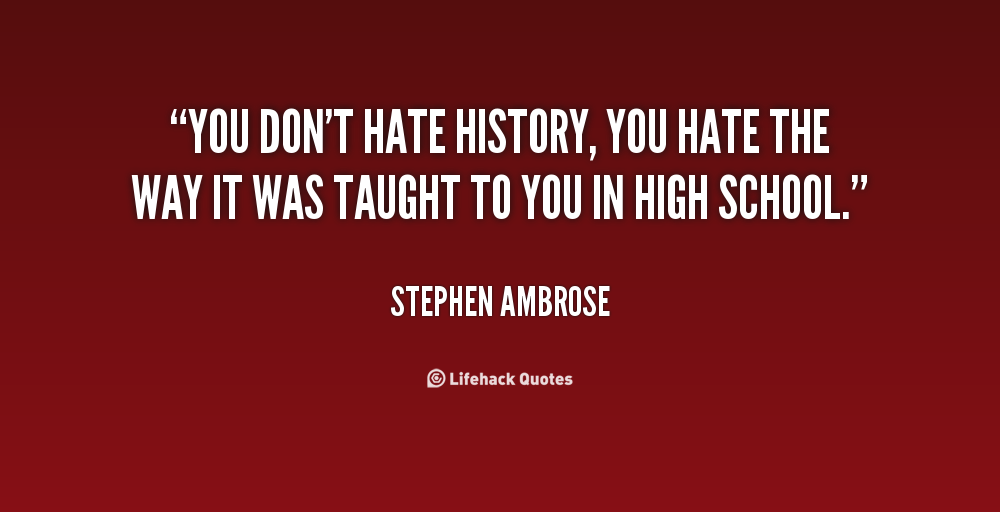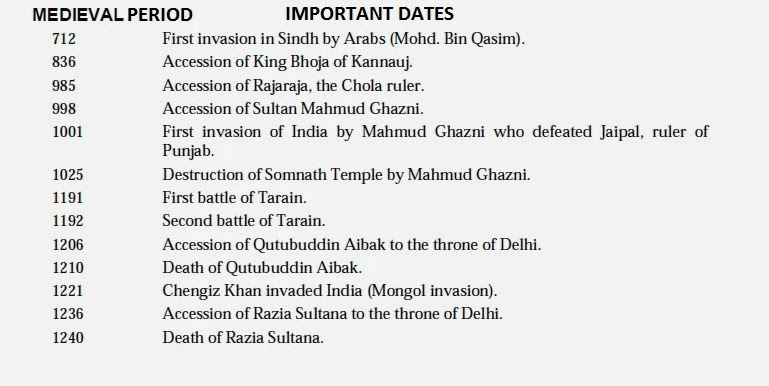“I hate History!”
“Why must I study History?”
If your children haven’t asked you these kind of questions yet – well, chances are they will soon!
Schools, particularly Indian schools, have an uncanny knack of murdering History!
In this multi-part Series on Making History Interesting for Children, I hope to give you my two-bit on how you can help your child see History differently.

I have an MA in Ancient Indian History.
I teach, research and write on subjects related to History and Culture.
Of course, that is not the reason you should be listening to what I have to say!
But I do have a bunch of ideas on How History can be made more interesting for Children and I’ve seen it work in my class with my students and at home with my kids.
I’ll be sharing these tips and tricks over multiple posts. Here’s the first one of the series. To stay updated with more tips, sign up to my monthly Newsletter, the Travel Tale Times!
MAKING HISTORY INTERESTING FOR KIDS – PART 1
Keep the Narrative Clear of Specifics. Most of all, Eliminate the Dates!
‘In which year was the second battle of Panipat fought?‘
‘When did the incident of Chauri Charua take place?’
‘When did Alexander come to India?’
These are the kinds of questions that appear in History exams!
Unfortunate!
It is almost as if the date was the most important thing the kid ought to know!
Having to study and memorize dates to get through the exams is one factor that puts children completely off history.

While chronology and dates are important for a student of history at the bachelor’s masters and doctoral levels, it has little meaning for a school child.
To a ten year old, a broad understanding of the time period is and should be sufficient.
But if you cannot escape the fixation with dates that history lessons have drummed into you…Well…then I have my tips on what you can do –
(a) Keep the dates for later.
Don’t begin the narrative with the date – begin instead with the most engaging part of the story you want to narrate. The date is a burdensome piece of information – children see as irrelevant. And in many ways, it is!

So for instance – don’t start your story with “Sardar Patel was born in the year 1875.”
Start instead with something dramatic in Patel’s life that will have your child hooked.
“When Sardar Patel first met Gandhi, he called him a crank!”
How’s that for a start?
Tell them about when when Patel scoffed at Gandhi for his policies of Ahimsa and then suddenly turned to that path himself! Or like when he received a telegram for studying in England with the initials V Patel and his brother Vithalbhai Patel went in his place!
Keep the date for later – if you really want to keep it in your narrative at all!
I explore this point in further detail in my next post in this series – Don’t begin at the Beginning!. Subscribe to my Newsletter to stay tuned for more.
(b) Give the Broad Time Range and Not the Exact Date
Vasco Da Gama came to India at the end of the 15th century is sufficient.
You don’t have to drum down the exact year 1498 into your child’s head.
A child who is being told about the history of colonization, can live without this specific detail.
Once the child has found a foothold and the story has engaged him/her, the interest for more specific details might come naturally.
(c) Express Time on a Relative Scale
Young children do not understand Time except when it is expressed on a relative scale.
So for instance ‘We will leave at 6 pm.,’ makes no sense to a young child but ‘we will leave when the sun is about to set,’ has more meaning to a child.
So express time in relative terms where you can.
Vasco da Gama came to India about 500 years ago – that broad framework adds more meaning to a child’s understanding of timelines.
Akbar lived about 400 years ago. The British left about 70 years ago..and so on.
(d) Relate the Date to the Child
My children were very amused when I told them that “Gandhi was born when their grandfather’s grandfather’s grandfather was a little child.”
They giggled and laughed and made drawings of how many grand-fathers ago Gandhi lived.
A starting like Gandhi was born on 2nd October 1869, would not have added as much meaning to the timeline of Gandhi’s life in their young minds as this simple mind-teaser did.
Did you know what the Muthuvans, a tribe in Kerala, count their years as multiples of kurinji bloomings they have seen. The kurinji is a purple-blue flower that blooms once in 12 years, giving the Nilgiri Hills their name. People of this tribe, express their age by saying how many Kurinjis they have seen. So someone who has seen 8 Kurinjis is surely an old man! (Want to read more about this breath-taking phenomenon? Click here)
Get creative with the way you express the date. Doing so in an engaging manner where possible, can help children get a better perspective on the time period.
For the point is not to learn and forget dates. The point of learning History is to understand and appreciate the past.
Hope you have found these tips useful. I will be sharing Reading Recommendations to help make History more interesting for you and your children. Do write in with your comments and subscribe to stay tuned for more!
—————
Looking for more ideas on Making History Interesting for Kids? Perhaps these posts might plant some ideas

Sunder Gidwani
August 19, 2018 - 8:54 am ·Very informative and interesting read.
Mallika Iyer
August 19, 2018 - 9:33 am ·Thank you
Sunder Gidwani
August 19, 2018 - 8:55 am ·Very interesting and informative read.
Mallika Iyer
August 19, 2018 - 9:34 am ·Thanks
Aparna Sambhare
August 21, 2018 - 6:36 am ·Cool tips Malika
Mallika Iyer
August 21, 2018 - 1:58 am ·Thanks Aparna 🙂
vkrm1234
August 27, 2018 - 5:26 pm ·Well written. I totally agree with the part that trying to remember dates is the main reason to be put off history in school. I am sure following your tips will definitely create a genuine interest in the subject.
Mallika Iyer
August 27, 2018 - 5:27 pm ·Thank you for writing in. Glad you find these tips useful 🙂